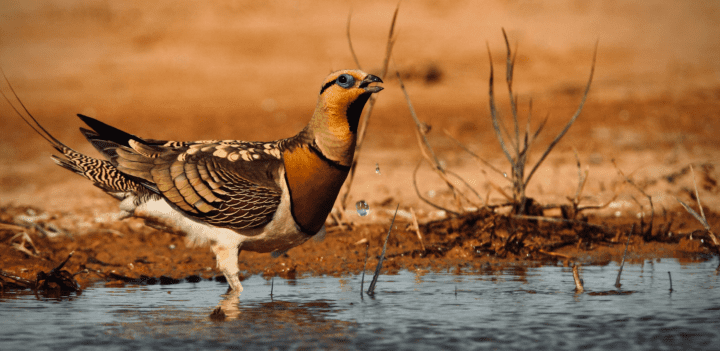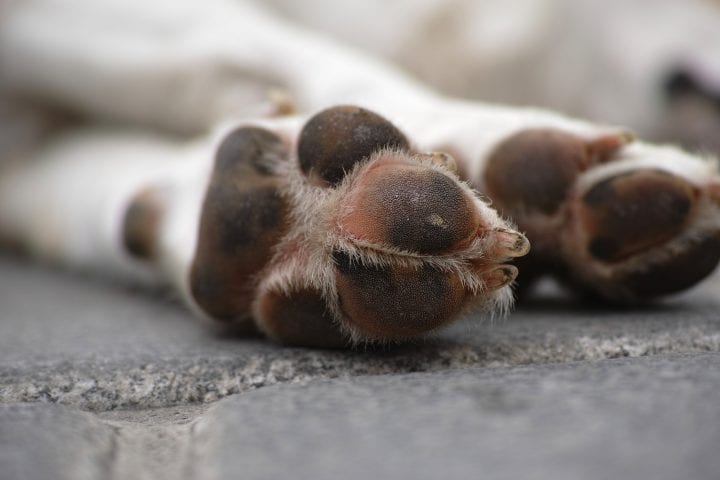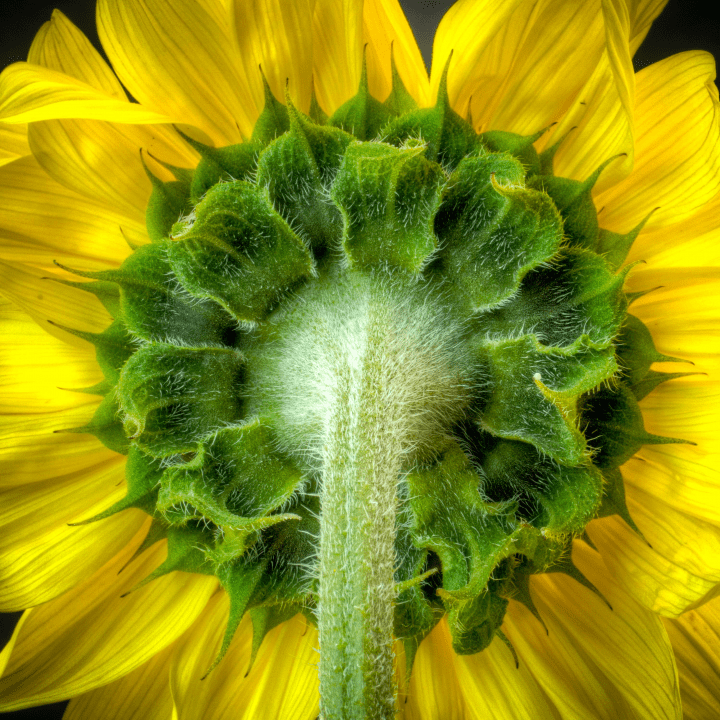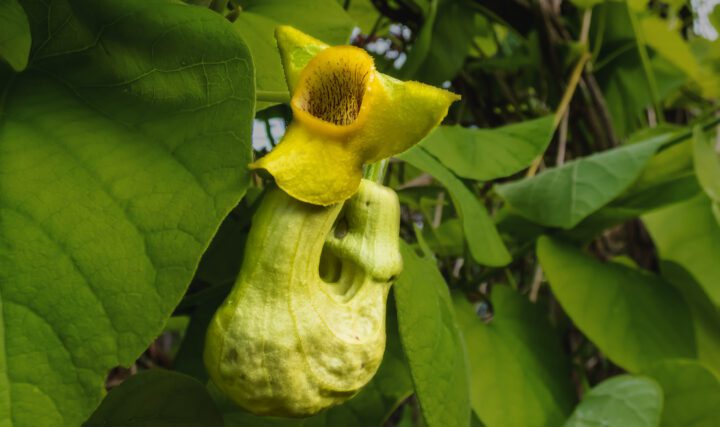“Scientists have unravelled the shape of the that gives human tissues their elastic properties in what could lead to the development of new synthetic elastic s…Elastin allows tissues in humans and other mammals to stretch, for example when the lungs expand and contract for respiration or when arteries widen and narrow over the course of a billion heart beats. The study…has triumphed where engineering has so far failed by generating a molecule with near-perfect elasticity that will last a lifetime. ‘This high level of physical performance demanded of elastin vastly exceeds and indeed outlasts all human-made elastics. It is the co-ordinated assembly of many tropoelastins into elastin that gives tissues their stretchy properties and this exquisite assembly helps to generate elastic tissues as diverse as artery, lung and skin. We discovered that tropoelastin is a curved, spring-like molecule with a ‘foot’ region to facilitate attachment to cells. Stretching and relaxing experiments showed that the molecule had the extraordinary capacity to extend to eight-times its initial length and can then return to its original shape with no loss of energy, making it a near-perfect spring.’ [said researcher Dr Clair Baldock].” (Haworth 2011:1)
Manage Tension
When a living system is under tension, it means there is a force pulling on it, like a person pulling on a rope tied to a horse. When applied to a living system, unless the system is completely rigid, the result is that it gets stretched. If stretching exceeds the strength of the living system’s material, it can damage it. Living systems manage tension using materials that are flexible and stretchable enough to survive most tension that occurs in their environment. The ocean’s intertidal zone offers a good example. The waves and incoming and outgoing tides put tension on soft-bodied organisms. Mussels resist tension with flexible threads that hold them onto rocks; in contrast, large algae have stretchy fronds.
Manage Compression
When a living system is under compression, there is a force pushing on it, like a chair with a person sitting on it. When evenly applied to all sides of a living system, compression results in decreased volume. When applied on two sides, it results in deformation, such as when pushing on two sides of a balloon. This deformation can be temporary or permanent. Because living systems must retain their most efficient form, they must ensure that any deformation is temporary. Managing compression also provides an opportunity to lessen the effects of other forces. Living systems have strategies to help prevent compression or recover from it, while maintaining function. For example, African elephant adults weigh from 4,700 to 6,048 kilograms. Because they must hold all of that weight on their four feet, the tissues of their feet have features that enable compression to absorb and distribute forces.
Modify Material Characteristics
The materials found in living systems are variable, yet often made from the same basic building blocks. For example, all insect exoskeletons consist of a material called chitin. Because material resources are limited, each material within or used by a given living system must frequently serve multiple purposes. Therefore, living systems have strategies to modify materials’ softness, flexibility, and other characteristics. To ensure survival, the benefits of these modifications must outweigh the living system’s energy and material expenditure to generate them. For example, spiders store the liquid components of spider silk in a gland, converting them into silk thread when needed. Some threads have different characteristics, such as elasticity and UV reflectance, than others.

Vertebrates (Mammals, Fish, Birds, Reptiles)
Subphylum Vertebrata (“jointed”): Mammals, fish, birds, reptiles
Vertebrates are a subgroup of chordates, which all have a flexible, rod-shaped structure that supports the body called a notochord. Non-vertebrate chordates include tunicates, hagfish, and lancelets. In vertebrates the notochord ultimately becomes part of the spine, usually encased in bony joints. All chordates also have a dorsal hollow nerve cord that forms the nervous system and pharyngeal slits that open outside the body during development (and persist to form gills in aquatic animals). Lastly, chordates have a tail at the back of the body––it’s just that sometimes you need an x-ray to see it.




